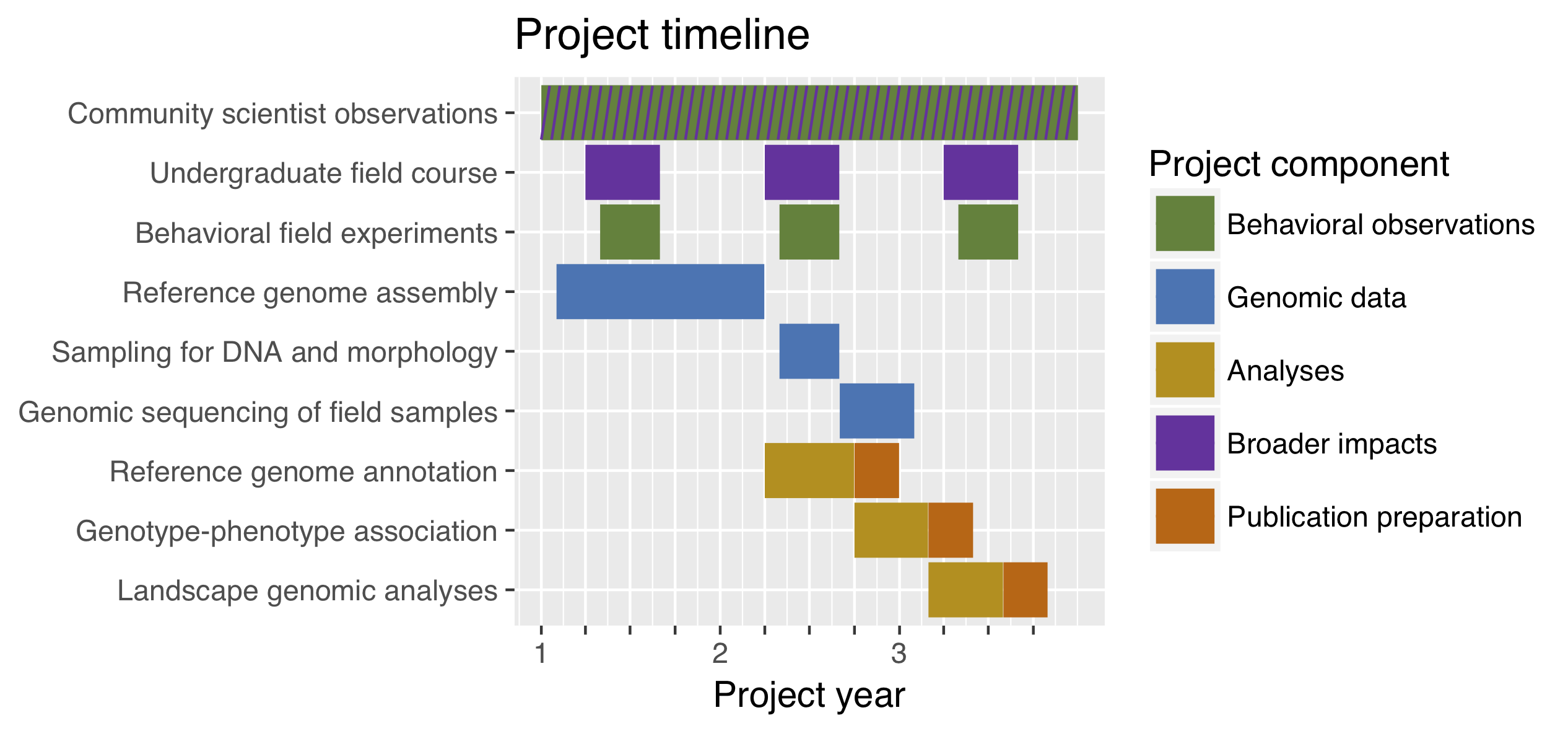

 Resource assigned: Indicates the person or team responsible for completing a task. Progress: Shows how far along work is and may be indicated by percent complete and/or bar shading. Dependencies: Light gray lines that connect tasks that need to happen in a certain order. Milestones: Yellow diamonds that call out major events, dates, decisions, and deliverables. Bars: Horizontal markers on the right side of the gantt chart that represent tasks and show progress, duration, and start and end dates. Dateline: A vertical line that highlights the current date on the gantt chart. Timeline: Runs horizontally across the top of the gantt chart and shows months, weeks, days, and years. Task list: Runs vertically down the left of the gantt chart to describe project work and may be organized into groups and subgroups. What are the components of a gantt chart?Įvery good gantt chart includes the following basic parts: Let’s review the parts of a gantt chart so you understand how they function in a project plan. Reading a gantt chart really comes down to understanding how the different elements come together to make a gantt chart work. But once you learn the basics, you’ll be able to tell exactly where your projects are and what needs to happen to guide them to success. Jira includes two roadmap tools to create Gantt charts for your projects: Roadmaps, which creates plans around Jira issues assigned to a team, and Advanced Roadmaps, which does the same thing across teams and organizations.Gantt charts may seem complicated at first. This helps teams maintain a coherent project strategy despite the iterative nature of the software development process. To keep up with the demands of modern software development, roadmap tools like Jira Software include features like a collapsible task structure and resource management panels. Today, Gantt chart tools are often referred to as roadmap tools. The Gantt chart can also include the start and end dates of tasks, milestones, dependencies between tasks, and assignees.
Resource assigned: Indicates the person or team responsible for completing a task. Progress: Shows how far along work is and may be indicated by percent complete and/or bar shading. Dependencies: Light gray lines that connect tasks that need to happen in a certain order. Milestones: Yellow diamonds that call out major events, dates, decisions, and deliverables. Bars: Horizontal markers on the right side of the gantt chart that represent tasks and show progress, duration, and start and end dates. Dateline: A vertical line that highlights the current date on the gantt chart. Timeline: Runs horizontally across the top of the gantt chart and shows months, weeks, days, and years. Task list: Runs vertically down the left of the gantt chart to describe project work and may be organized into groups and subgroups. What are the components of a gantt chart?Įvery good gantt chart includes the following basic parts: Let’s review the parts of a gantt chart so you understand how they function in a project plan. Reading a gantt chart really comes down to understanding how the different elements come together to make a gantt chart work. But once you learn the basics, you’ll be able to tell exactly where your projects are and what needs to happen to guide them to success. Jira includes two roadmap tools to create Gantt charts for your projects: Roadmaps, which creates plans around Jira issues assigned to a team, and Advanced Roadmaps, which does the same thing across teams and organizations.Gantt charts may seem complicated at first. This helps teams maintain a coherent project strategy despite the iterative nature of the software development process. To keep up with the demands of modern software development, roadmap tools like Jira Software include features like a collapsible task structure and resource management panels. Today, Gantt chart tools are often referred to as roadmap tools. The Gantt chart can also include the start and end dates of tasks, milestones, dependencies between tasks, and assignees. 
It typically includes two sections: the left side outlines a list of tasks, while the right side has a timeline with schedule bars that visualize work.

A Gantt chart is a project management tool that illustrates work completed over a period of time in relation to the time planned for the work.








 0 kommentar(er)
0 kommentar(er)
